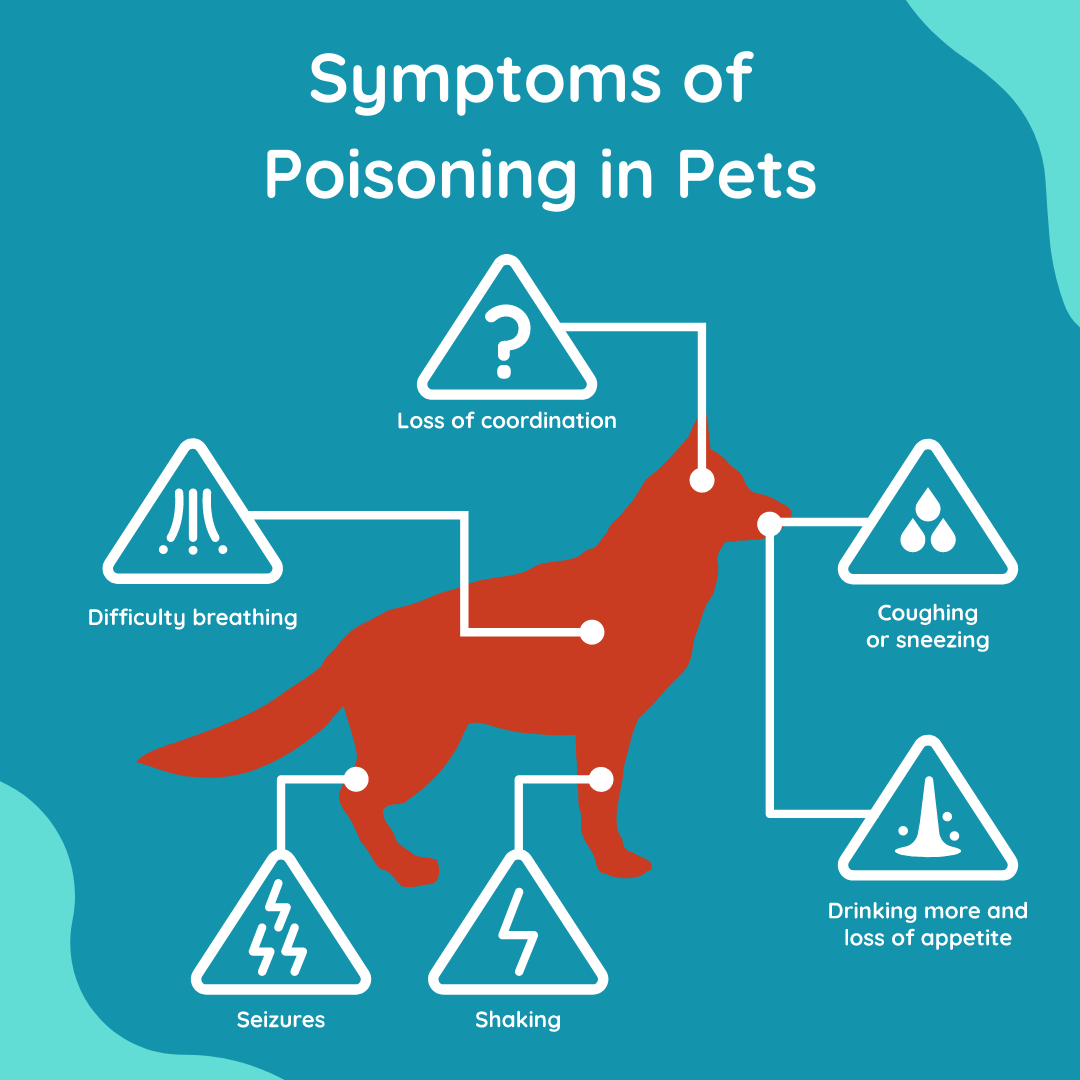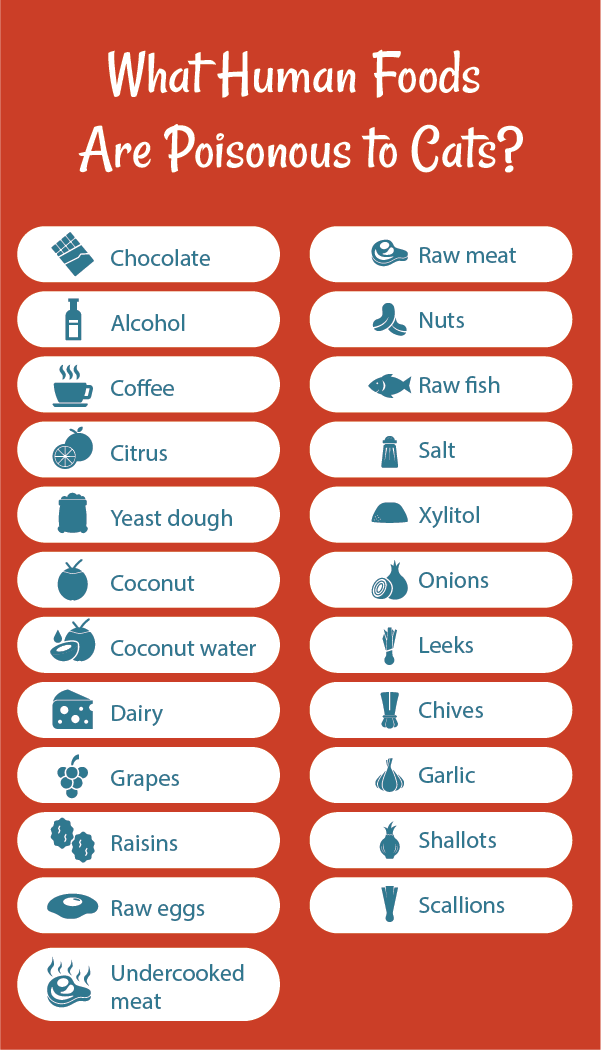Help your pet grow with the right amount of food
Read Time: 6 minutes
What you feed your puppy matters. If you feed him or her right during puppyhood, you’re setting your dog up for a life that’s both healthy and long. But it’s not just a matter of choosing the right foods. It’s also a matter of how much you should feed your puppy.
Knowing exactly how much depends on a lot of factors, including your puppy’s age and what breed it is. Larger breeds are going to need a lot more food than smaller ones.
Feeding a Puppy
Puppies need special puppy food. Puppies are growing rapidly and need special nutrition that adult dogs don’t. But how much puppy food should you give your dog and when should you switch to adult food?
How Much to Feed a Puppy
How much you should feed your puppy depends on its age and its breed. Most feeding guides will measure how much you should feed your puppy based on how much it will weigh when it becomes an adult. For example, a puppy that will be 3-12 pounds when it reaches adulthood should be fed ½ to 1 cups of food when it’s 1½ to 3 months old.
Below are general recommendations for how much a puppy should eat based on its adult weight. However, you should still consult the instructions on the package before feeding your puppy. Different food, especially that specifically aimed at large or small breeds, may have different recommendations.
| Adult weight |
Cups |
| 3 to 12 pounds |
1/2 to 1 |
| 13 to 20 pounds |
1/2 to 1 1/4 |
| 21 to 50 pounds |
1/2 to 1 1/2 |
| 51 to 75 pounds |
5/8 2 1/3 |
| 75 to 100 pounds |
1 to 2 2/3 |
| 100+ pounds |
2 2/3 + 1/3 cup per ten pounds over 100 |
| Adult weight |
Cups |
| 3 to 12 pounds |
2/3 to 1 1/3 |
| 13 to 20 pounds |
1 1/8 to 2 |
| 21 to 50 pounds |
1 1/2 to 2 3/4 |
| 51 to 75 pounds |
1 1/2 to 4 |
| 75 to 100 pounds |
2 7/8 to 3 3/4 |
| 100+ pounds |
3 3/4 + 1/3 cup per ten pounds over 100 |
| Adult weight |
Cups |
| 3 to 12 pounds |
1/2 to 1 1/2 |
| 13 to 20 pounds |
3/4 to 1 1/3 |
| 21 to 50 pounds |
1 1/8 to 2 1/3 |
| 51 to 75 pounds |
1 1/2 to 3 3/4 |
| 75 to 100 pounds |
2 7/8 to 6 1/3 |
| 100+ pounds |
6 1/3 + 1/3 cup per ten pounds over 100 |
| Adult weight |
Cups |
| 3 to 12 pounds |
Same as for an adult |
| 13 to 20 pounds |
1 to 1 1/2 |
| 21 to 50 pounds |
2 to 3 |
| 51 to 75 pounds |
2 1/2 to 4 3/4 |
| 75 to 100 pounds |
3 7/8 to 7 |
| 100+ pounds |
7 + 1/3 cup per ten pounds over 100 |
| Adult weight |
Cups |
| 3 to 12 pounds |
Same as for an adult |
| 13 to 20 pounds |
Same as for an adult |
| 21 to 50 pounds |
2 to 4 1/4 |
| 51 to 75 pounds |
2 5/8 to 6 1/4 |
| 75 to 100 pounds |
5 5/8 to 11 |
| 100+ pounds |
11 + 1/3 cup per ten pounds over 100 |
When to Feed a Puppy
When to feed your puppy depends on your schedule. If you divide the total amount of food your puppy should be eating each day into regular meals, then you can make up a meal schedule. It’s important to be consistent, so many dog owners feed their pets when they themselves eat – at breakfast, lunch, and dinner.
To decrease the risk of accidents, make sure to feed your puppy earlier in the evenings so it has time to digest.
What to Feed a Puppy
Feeding your puppy the right food is just as important as how much you feed it. Special puppy food will provide your puppy with all of the right nutrients it needs to grow healthily. Be sure to check if there’s a specific type of food for the size or breed of your dog.
Dry or Wet Food
So long as your puppy is getting all of the nutrients it needs, it doesn’t matter whether you feed it wet or dry food. Your dog may prefer one over the other, so you can buy food according to your puppy’s preferences. You can also mix wet with dry food.
It’s a good idea to check with your veterinarian to make sure that, especially if you’re mixing wet and dry food together, you’re not feeding your puppy too many calories.
Puppy Treats
It’s hard to resist feeding a puppy treats all the time just for being adorable. But it’s important to not feed a puppy too many treats. Treats are an excellent reward, so you’ll definitely want to have some on hand for training. But keep in mind that the proper ratio of dog food to treats should be 90/10. 90 percent of your puppy’s daily calories should be in its regular dog food. Treats should only make up 10% of your puppy’s diet.
So, try to resist that cute puppy dog face unless you’re rewarding your puppy for a job well done in training!
When to Switch to Adult Dog Food
Smaller breeds can switch to adult food a bit earlier than large breeds, which may take longer to grow into adulthood. Usually, switching to adult dog food happens at about two years old, but because it depends on the breed and your puppy’s size, talk to your veterinarian about the best time to make the switch.

Feeding a Kitten
When you adopt a kitten from a shelter or a breeder, it’s most likely already old enough that you can start the kitten on regular kitten food immediately. But sometimes that’s not the case. If you’ve adopted a very young kitten that is without a mother, you’ll need to bottle-feed the kitten.
How Much Should I Feed a Kitten?
How much and what you should feed a kitten depends on its age and weight. It’s important to feed the kitten the right food so it can grow into a healthy adult. You want to feed the kitten enough so that it’s getting the nutrients it needs, but you also don’t want to feed it too much, which could cause too much weight gain.
Bottle-Feeding a Kitten
Kittens that are less than eight weeks old will need to be bottle-fed. If you’ve rescued a very young kitten, you’ll need to learn this essential skill until the kitten is old enough for solid food.
Supplies
You’ll need a special bottle from a pet supply store for a kitten. You may have to cut a hold in the bottle’s nipple yourself – make sure it’s just big enough that formula can drip through it. It shouldn’t be flowing out of the bottle.
What to Formula Feed a Kitten
Kittens can’t just drink the milk from your fridge. You’ll need a special kitten formula from a pet supply store. Any other milk could be dangerous for the kitten, even fatal. Kitten formula will have all of the nutrients the kitten needs. Make sure to follow all instructions on the package of kitten formula so you prepare it correctly.
How to Feed a Kitten Formula
First, make sure the kitten is ready to eat by putting a drop of formula on its tongue. If it swallows, then that’s a good sign that it’s ready to eat. If a kitten doesn’t have a stable temperature or isn’t able to swallow, you shouldn’t proceed with feeding it.
To properly bottle-feed a kitten, lay it down on its stomach, never on its back. Make sure to support its head with your non-dominant hand (your dominant hand will be needed to hold the bottle). Be very gentle when you place the bottle into the kitten’s mouth – it should roll its tongue into the shape of a U and then start to swallow, but be patient if your kitten doesn’t get the hang of things right away!
If your kitten is extremely young and the bottle seems too big, you can try using a syringe for feeding at first.
How Much Formula to Feed a Kitten
It’s important to feed your kitten the right amount of its size and weight. The younger the kitten, the smaller and more frequent the feedings.
| Kitten’s age and weight |
Formula (in ml) |
| 0 to 1 week (50 to 150 grams) |
2 to 6 ml every 2 hours |
| 1 to 2 weeks (150 to 250 grams) |
6 to 10 ml every 2 to 3 hours |
| 2 to 3 weeks (250 to 350 grams) |
10 to 14 ml every 3 to 4 hours |
| 3 to 4 weeks (350 to 450 grams) |
14 to 18 ml every 4 to 5 hours |
| 4 to 5 weeks (450 to 550 grams) |
18 to 22 ml every 5 to 6 hours |
| 5 to 8 weeks (550 to 850 grams) |
Weaning (every 6 hours) |
Kitten Food
Once a kitten is 5 to 8 weeks old, you should be weaning it off of formula and bottle feeding. Five weeks is when the kitten’s premolars come in, which indicates that they’re ready for more solid food. Gradually wean until the kitten is eating entirely solid food.
What to Feed a Kitten
It’s recommended that you feed your kitten specially formulated kitten food until it’s a year old. Kitten food will have all of the extra protein and other vitamins that growing kittens need. Be careful in buying food that says that it is appropriate for both adult cats and kittens. Cats and kittens have very different nutritional needs, so it’s likely that it won’t have enough of what your kitten needs (or too much of what an adult cat needs).
Wet vs. Dry Food
Kittens should be eating a higher proportion of wet food. Their teeth aren’t very strong yet, so they often can’t eat dry food like an adult cat can. You can feed your kitten a mix of the two, but a kitten will require more wet food at first in order to get all of the nutrients that it needs.
Kitten Treats
It’s totally fine to feed your kitten treats, especially if they’re being used to reward the kitten for doing something well, like using the litter box. It’s important, however, to make sure that treats don’t exceed more than 10% of your kitten’s daily caloric intake.
How Much to Feed a Kitten
The amount of food that should be given to a kitten each meal depends on the type of food. Check the packaging for instructions on daily or meal portions. Be careful not to overfeed your kitten – it’s much easier to prevent obesity in the first place than it is to put your cat on a diet later on.
When to Feed a Kitten
Kittens are snackers. They like to eat at least up to four times a day. They also need a lot of calories because they’re growing rapidly – doubling or even tripling in weight. They also have up to triple the energy levels of an adult cat.
If you’re feeding a kitten only wet food, then it’ll need to eat four times a day. If you’re mixing wet food with some dry food, then twice daily may be sufficient. Another option is to free-feed your kitten until it’s between four and six months old, at which point you can switch to scheduled mealtimes.
When to Switch to Adult Cat Food
Unless your kitten is of a larger breed, like a Maine Coon, which reaches maturity at around eighteen months, kittens can generally switch to adult cat food at around a year old. If you’re unsure, consult with your vet to make sure you’re feeding your cat the right food.
Get the Latest in Pet Care News
Check out the blog, updated monthly
Browse the blog
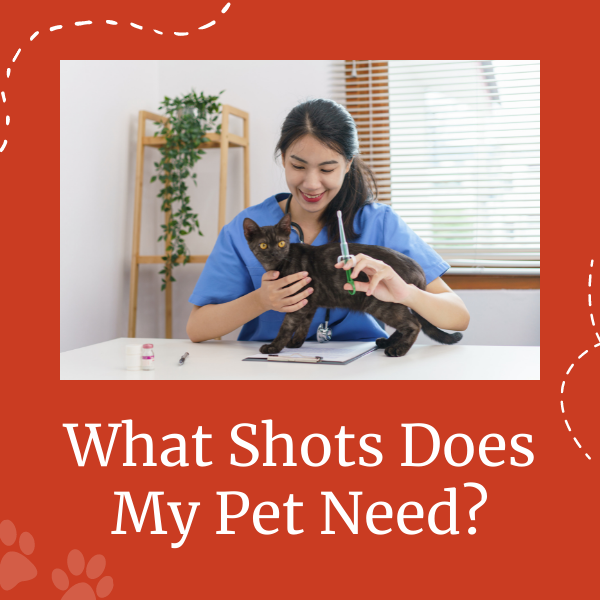


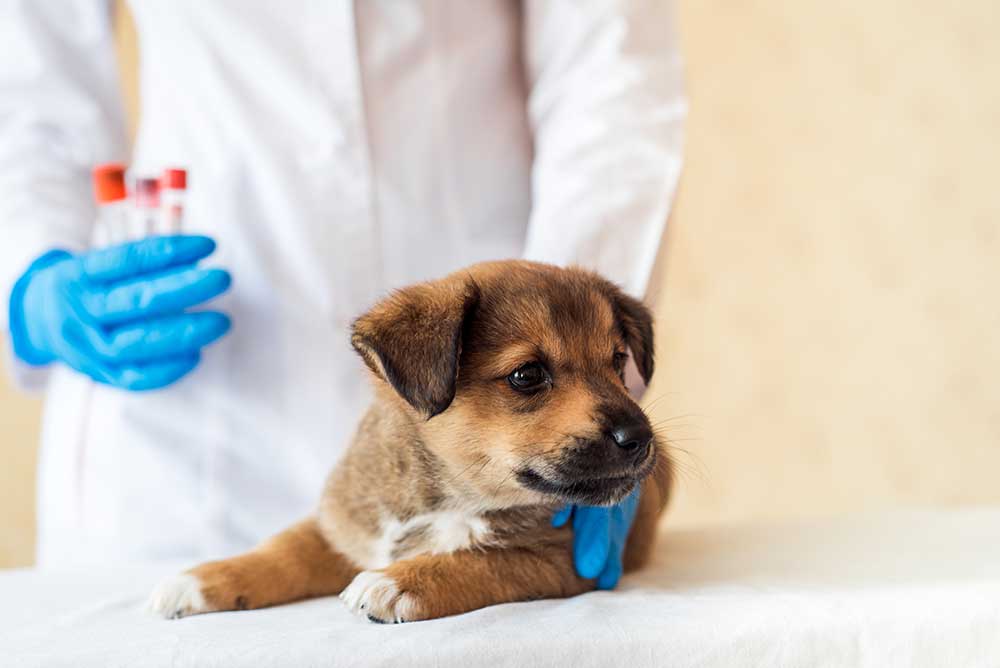
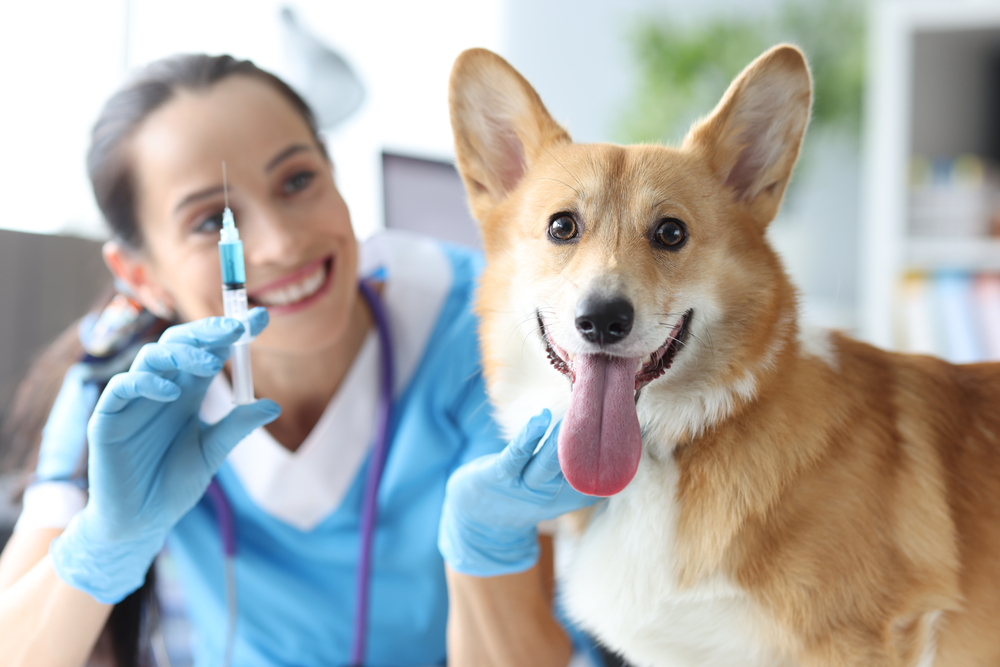
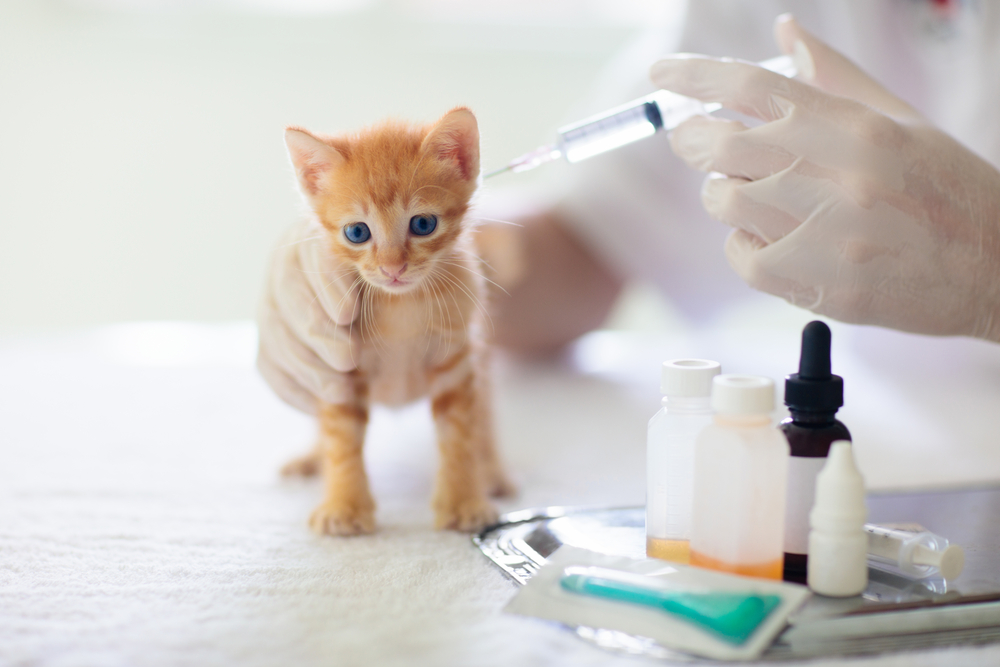

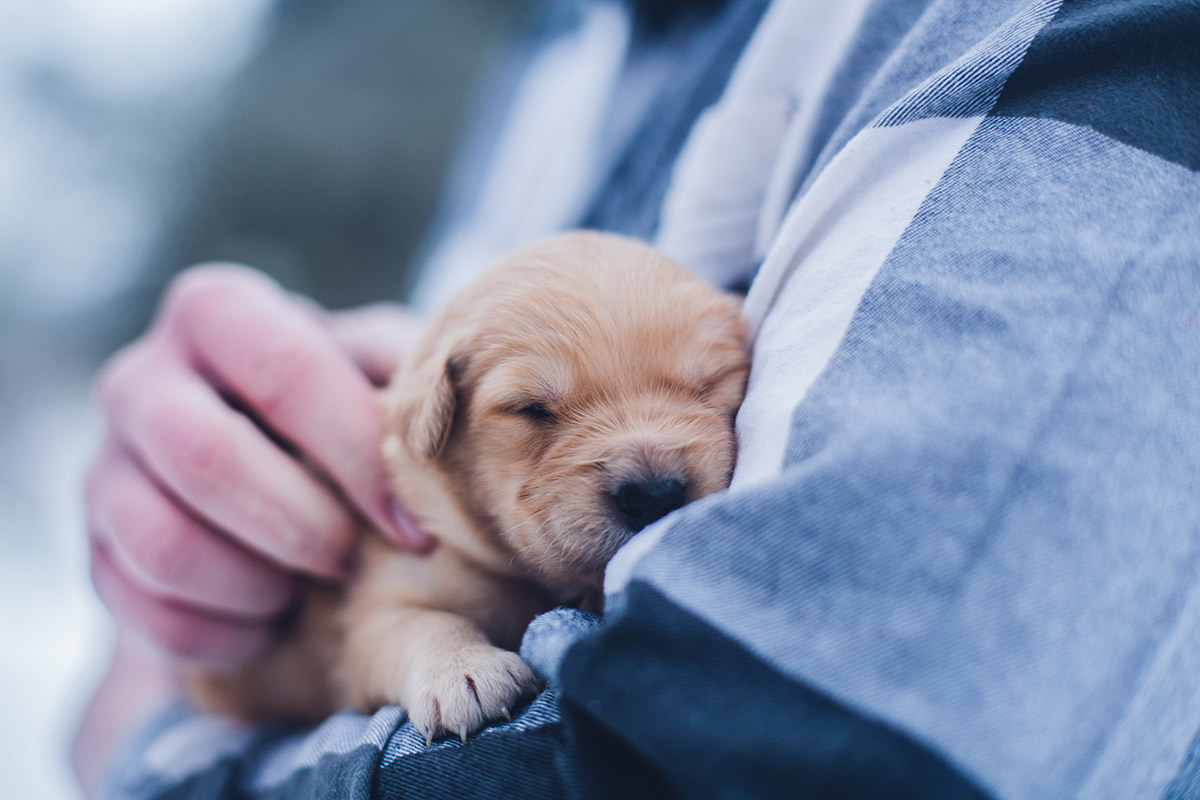

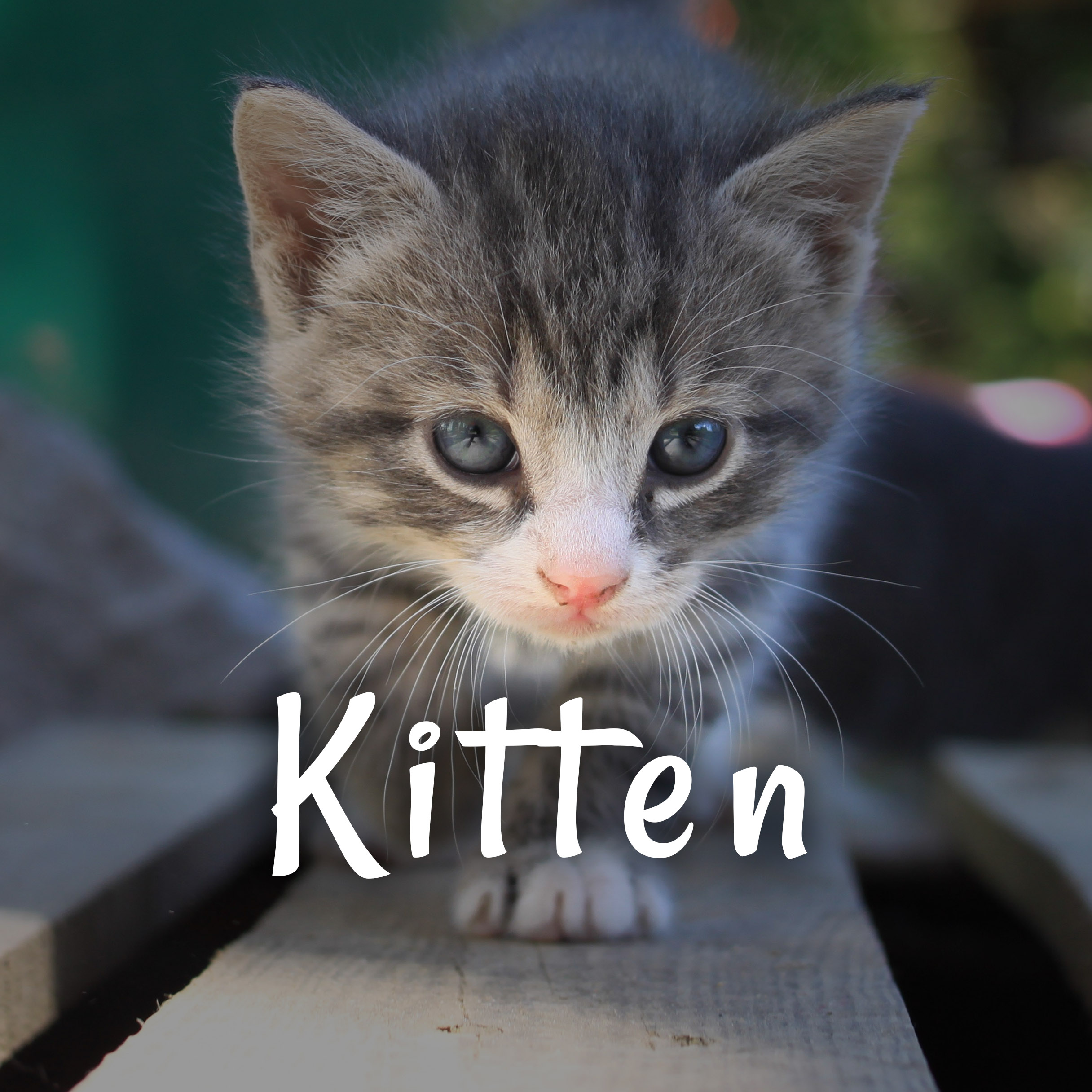

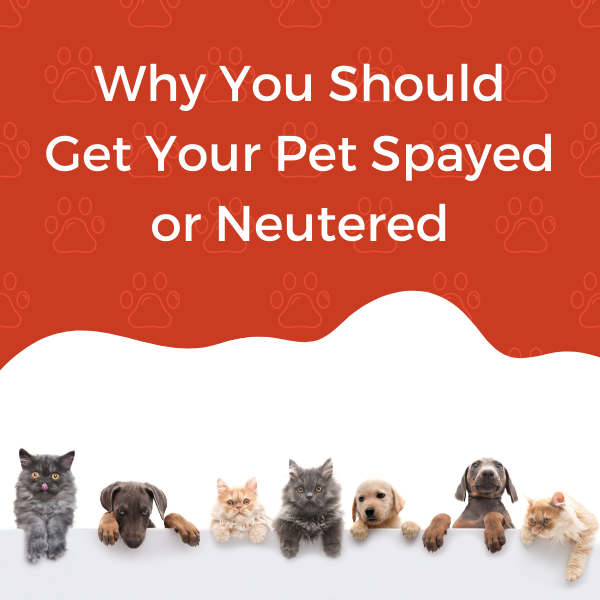
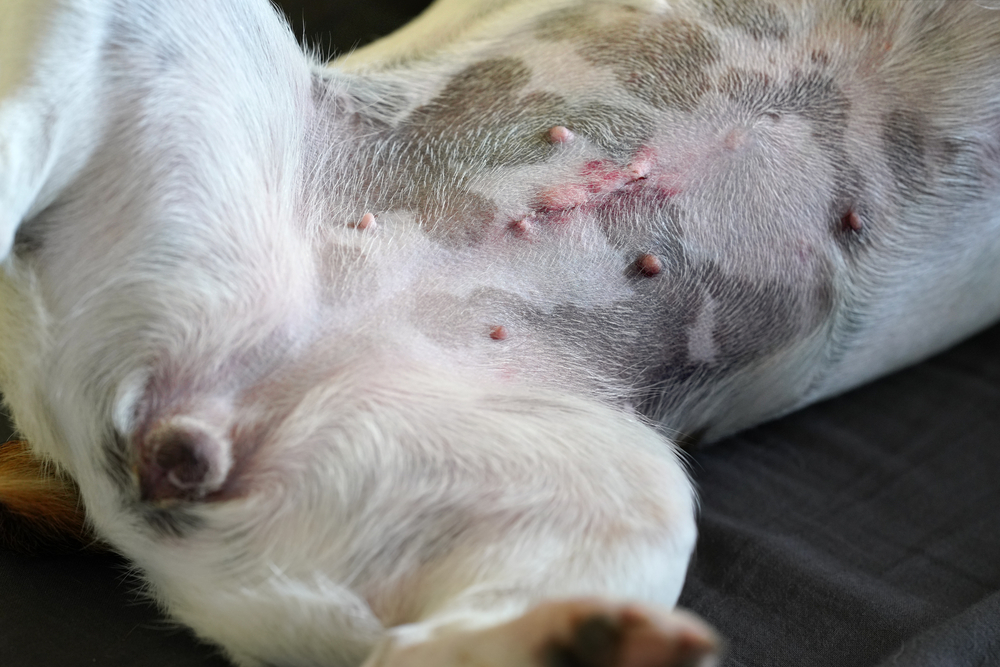
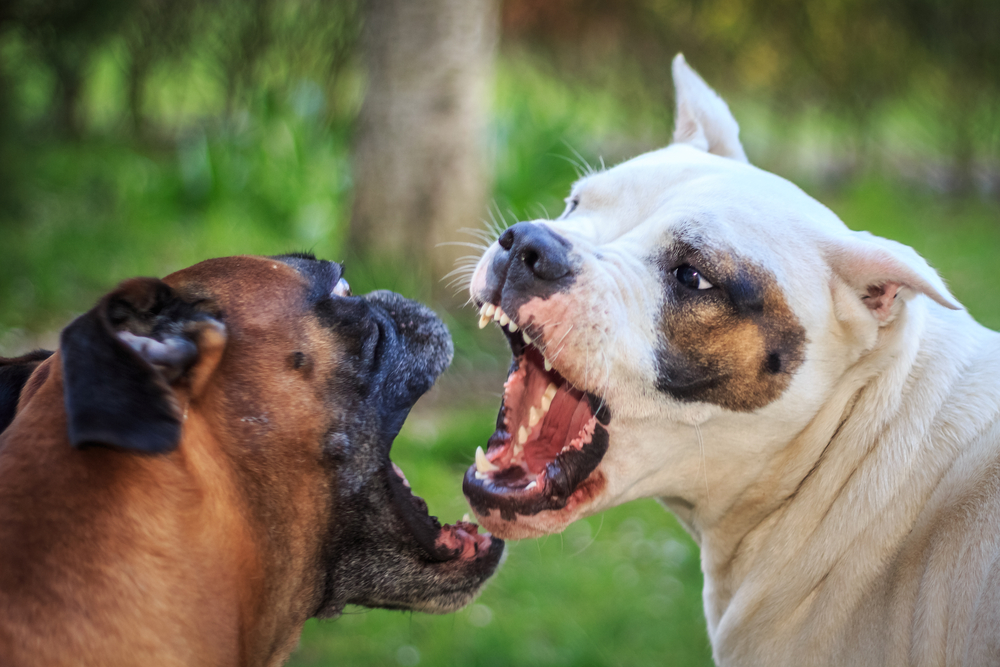


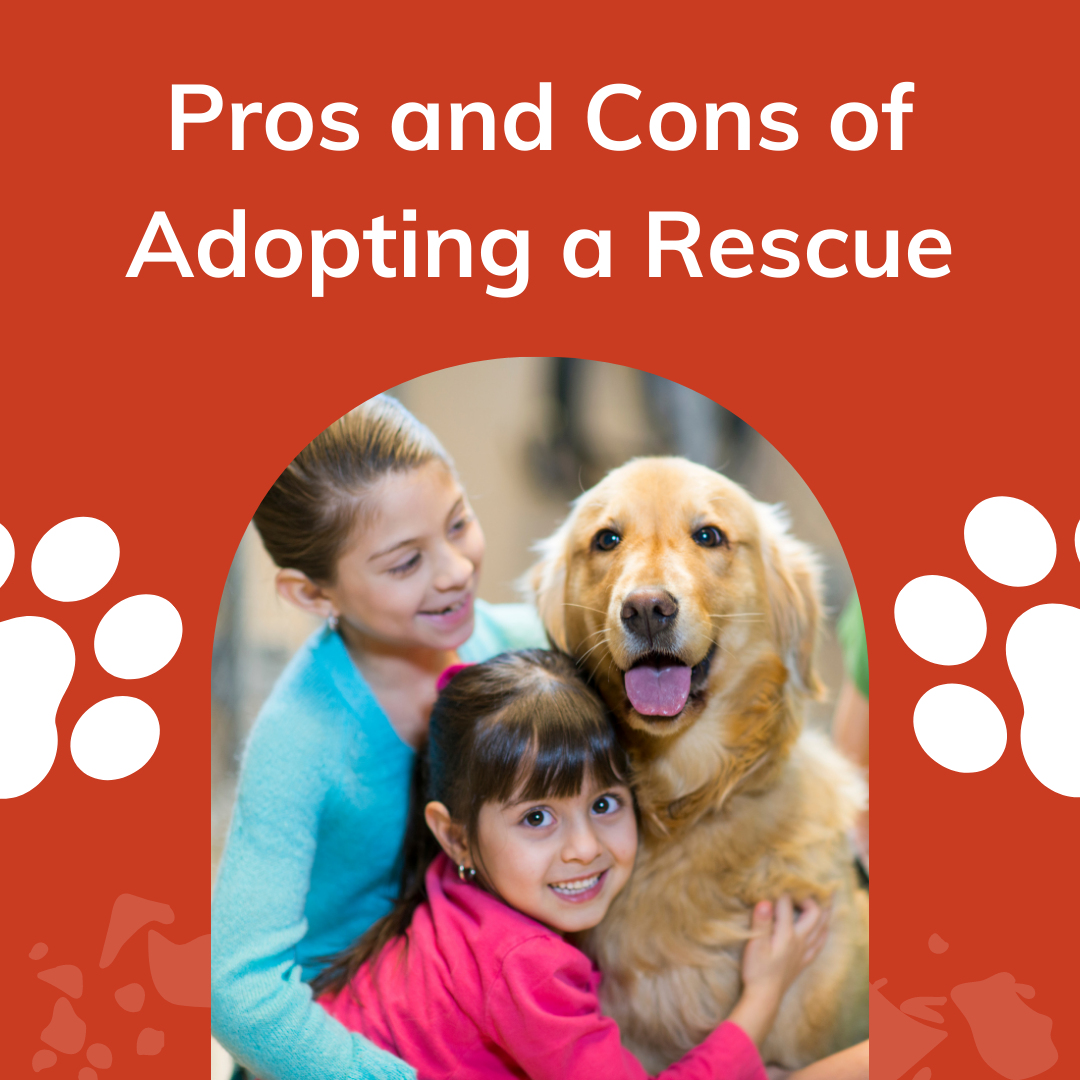
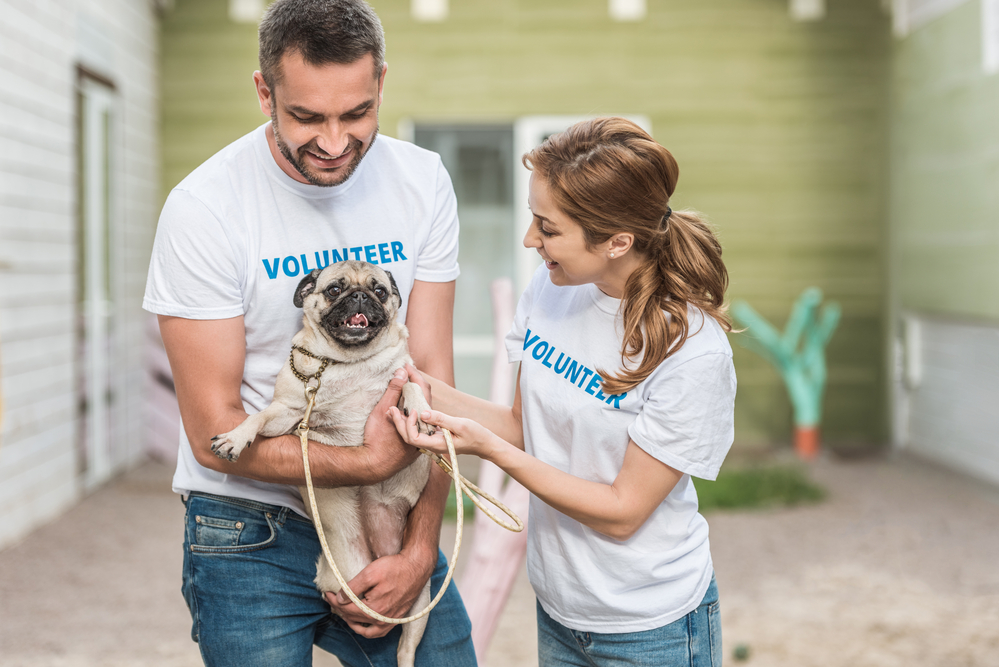
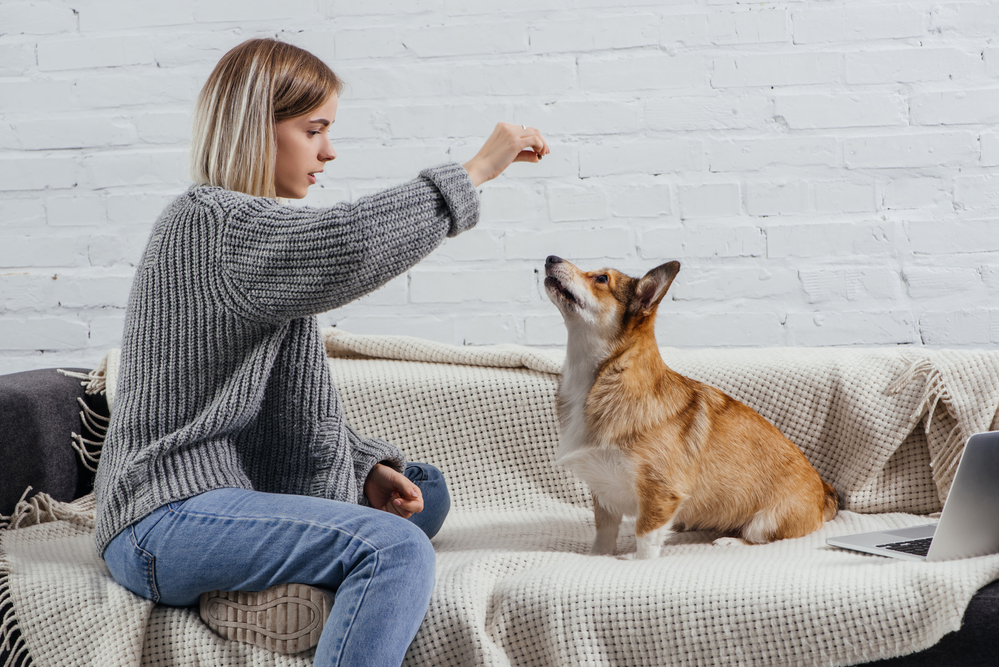
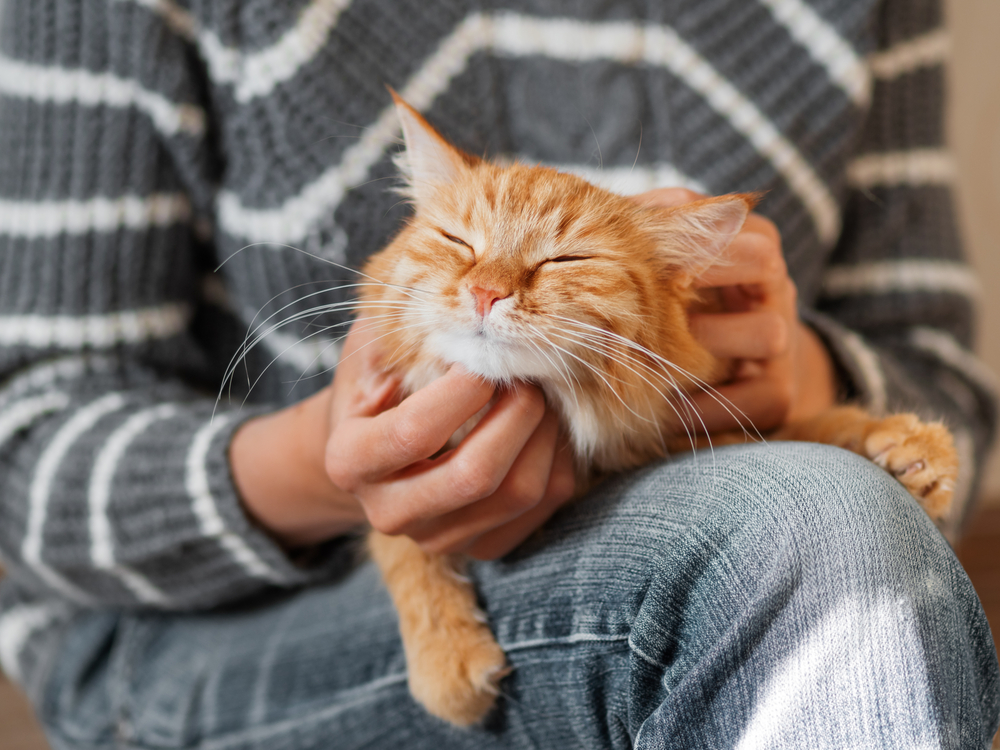

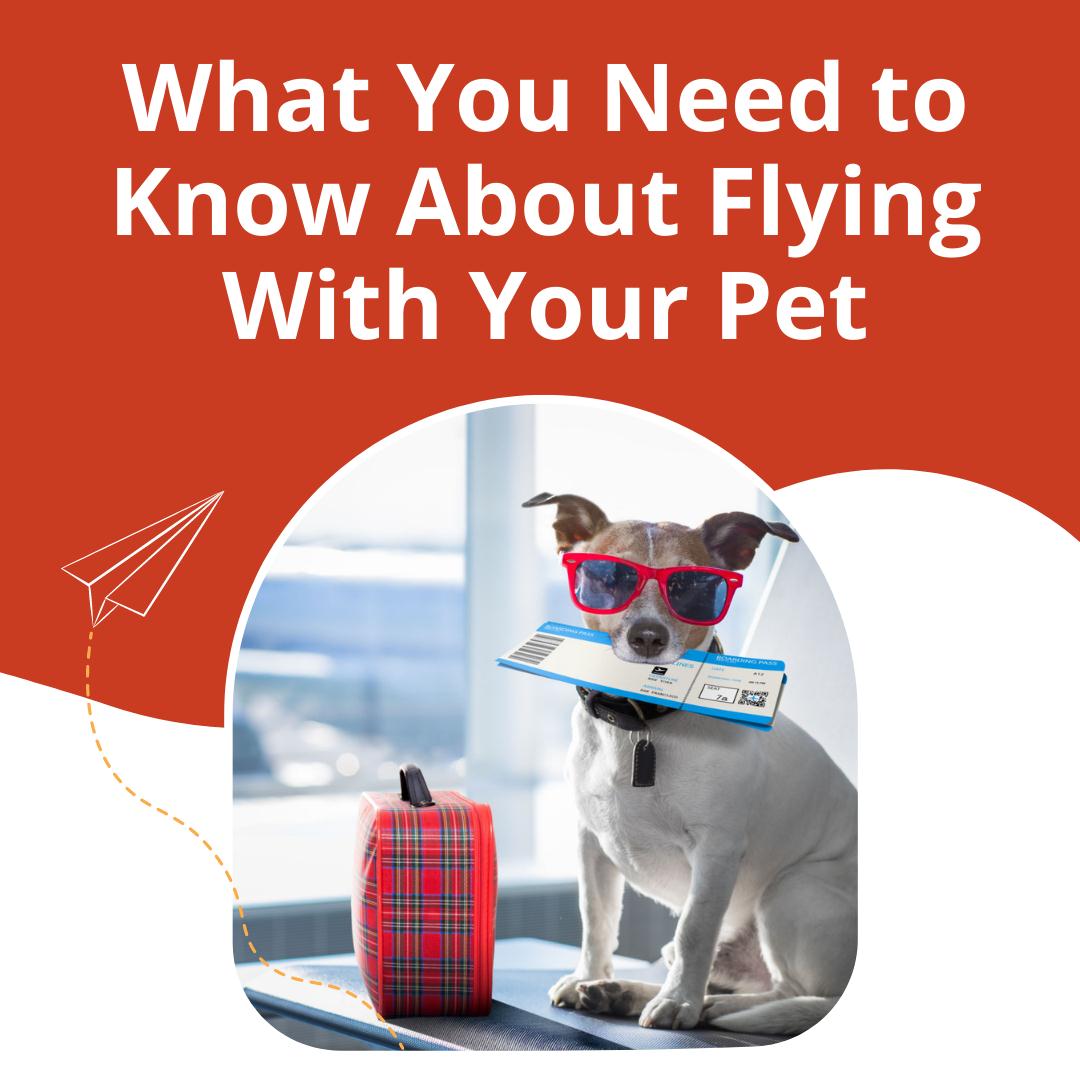
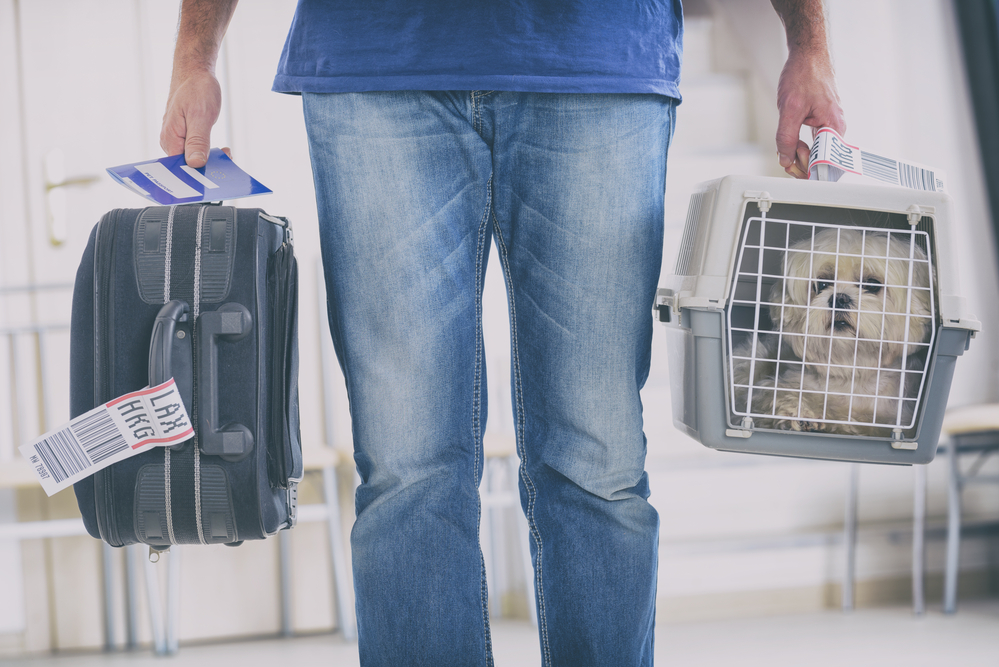 If your pet is qualified to fly with you, then you’ll need to determine whether or not your pet can fly with you in the cabin or whether they’ll need to fly in the cargo hold. Typically, a pet’s size is the most important factor. Pets that are small enough to fit inside approved carriers that can fit underneath the seat in front of you on the plane are allowed inside the cabin. Pets that are too large to fit in those carriers will have to fly in the cargo hold, which is more stressful.
If your pet is qualified to fly with you, then you’ll need to determine whether or not your pet can fly with you in the cabin or whether they’ll need to fly in the cargo hold. Typically, a pet’s size is the most important factor. Pets that are small enough to fit inside approved carriers that can fit underneath the seat in front of you on the plane are allowed inside the cabin. Pets that are too large to fit in those carriers will have to fly in the cargo hold, which is more stressful. If your pet is small enough to fit under the seat in the cabin, you’ll need to keep them in a carrier. Your best bet is to purchase a pet carrier directly from the airline you’re flying with. That way, you’ll know that it meets their requirements. If you’d prefer to use your own, airlines typically have size limitations. The carrier must also be a soft one, not a hard plastic one.
If your pet is small enough to fit under the seat in the cabin, you’ll need to keep them in a carrier. Your best bet is to purchase a pet carrier directly from the airline you’re flying with. That way, you’ll know that it meets their requirements. If you’d prefer to use your own, airlines typically have size limitations. The carrier must also be a soft one, not a hard plastic one.
